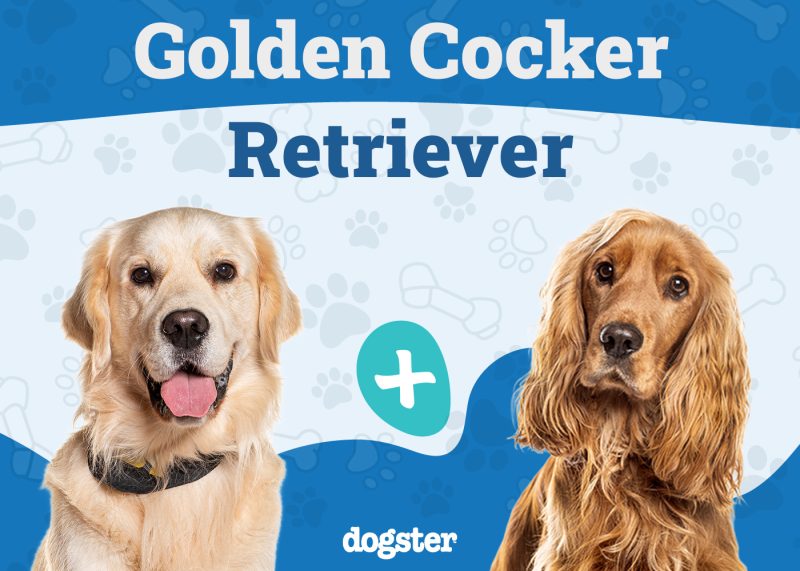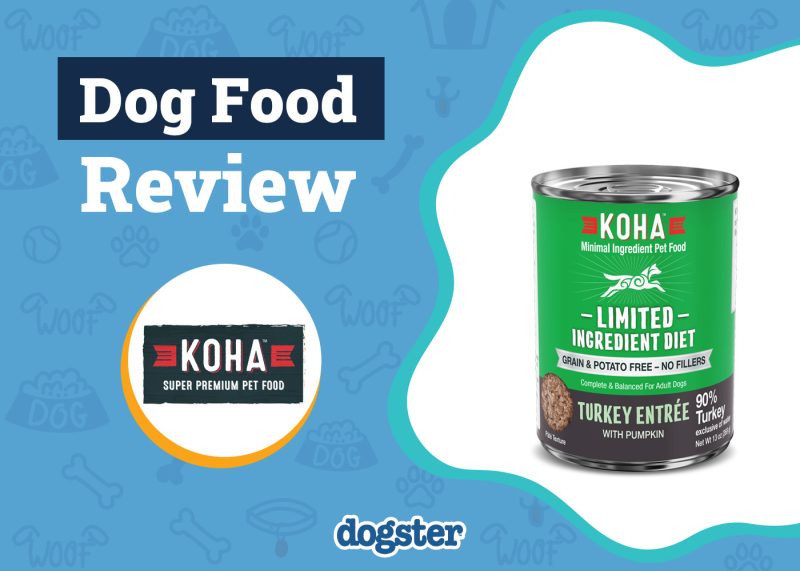We tell our children that if they want to grow big and strong, they better drink their milk. Dogs need calcium as we do, and having the right amount in their systems gives them stronger teeth, nails, bones, and coats. It also improves their nervous system and is critical to a healthy lifestyle.
Unless you’re trained in the science of dog anatomy, it’s hard to know how much calcium dogs should receive regularly. Some issues arise if their systems have too much or too little. What are the signs of calcium deficiency in your pet? How much calcium should you give your dog, and what are the best ways to nourish their bodies? We’ll address all of your calcium-related concerns in this article so that you can give your dog the right amount of calcium in their daily diet.

How Much Calcium Should a Dog Receive?
Based on the recommendations from the Association of American Feed Control (AAFCO), adult dogs should receive about 1.25 grams of calcium for every 1,000 calories they consume. This number changes slightly based on their overall size and weight but is a safe guideline to use if you’re unsure where to start.
Several supplements and human foods are safe for dogs to consume and boost their calcium levels. Many of these foods are the ones we eat when trying to increase the calcium in our bodies, but you should always confirm with your vet that they are a safe choice. They can recommend the ideal source of calcium and determine whether they need more in their diet.

The 6 Best Calcium Sources for Dogs
Some dog food brands enrich their products with calcium, but they aren’t always as nourishing as they should be. Calcium is a fundamental element required for skeletal strength. Choosing sources that are easily absorbed in the intestines is best because they are easy on the dog’s digestive system. Check your dog food’s label to see if the calcium percentage meets your dog’s daily requirement. If it doesn’t, consider adding one of the foods below to their weekly diet.
1. Yogurt
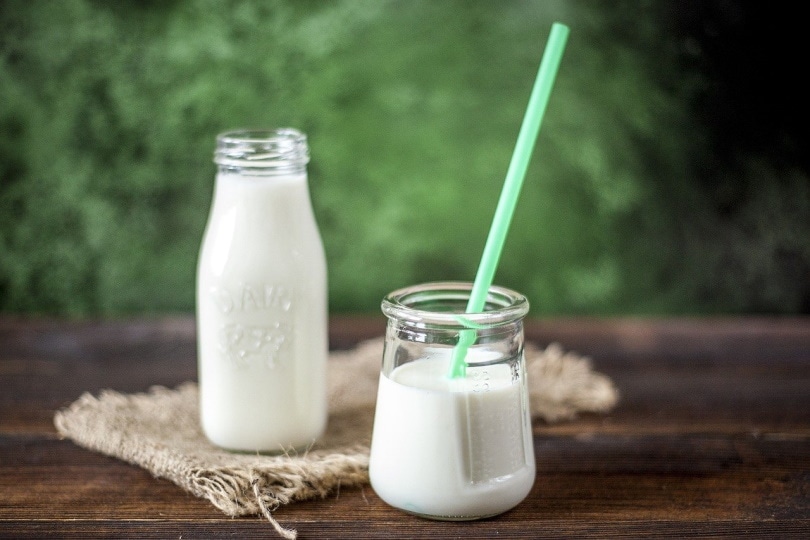
Humans eat yogurt because it is rich in calcium; a single cup of regular yogurt contains around 450 milligrams. Adding a small dollop of plain yogurt is the easiest way to incorporate it into the diet of dogs with low calcium levels. If you have a larger dog, a couple of spoonfuls might be sufficient.
Ensure that the yogurt you feed your dog has no flavoring and is either non-fat or low-fat. Some artificial sweeteners, like xylitol, are toxic for dogs and could cause some digestive issues. Check with your vet to ensure your dog can tolerate dairy products.
2. Cheese
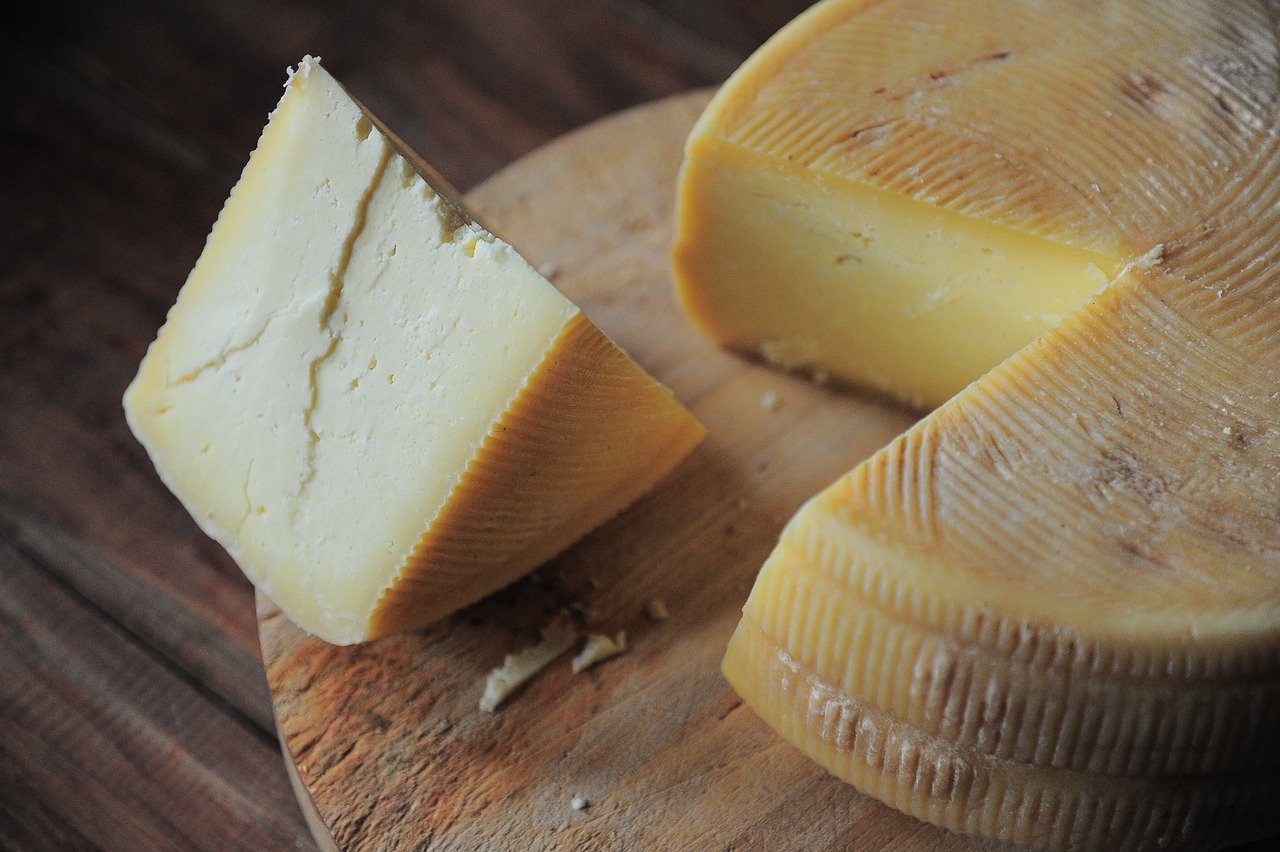
Cheese is another food high in calcium and is typically safe for dogs to consume. Hard cheeses are richer than soft cheeses and have around 200 milligrams of calcium in a single ounce. Cutting off a small slice from a cheese block and breaking it into bite-sized pieces is a quick way to create custom treats. For dogs that prefer softer textures, cottage cheese has 65 milligrams for every half cup.
You must be cautious about how much cheese you allow your dog to eat. Make sure the cheese is plain and free from herbs or artificial ingredients. Some safe cheese choices include goat cheese, mozzarella, cottage cheese, or any other plain, low-fat cheese. Low-fat and low-lactose cheese is less likely to upset your dog’s stomach and contribute to obesity.
3. Fish and Chicken
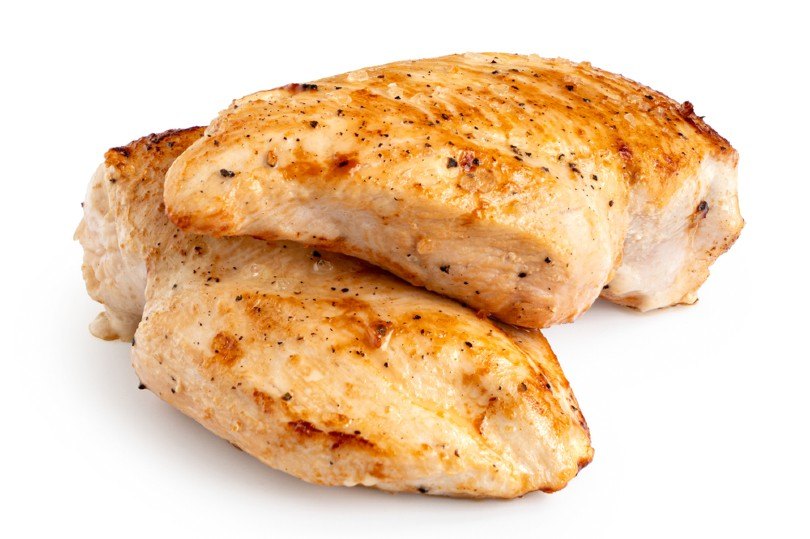
Since fish and chicken are well-known for their high protein levels, most people don’t consider them hardy calcium supplements. Chicken, salmon, mackerel, and sardines have high calcium levels ranging from 170 milligrams to 370 milligrams for 3 ounces of meat. These proteins are already found in most dog foods, and your pup might not need more in their diet.
If the dog food doesn’t have enough to meet the daily requirements, you might consider switching to another brand with more calcium. Be careful with fish containing lots of mercury, like tuna. Small bites of it won’t cause any crazy reactions, but it is always better to err on the side of caution.
4. Veggies with Calcium
You may know that raw vegetables are rich in calcium. Spinach and broccoli have the highest amount, with 240 milligrams for every cup of spinach and 180 milligrams for every cup of broccoli. However, dogs also enjoy having a little more variety. Other safe veggies to feed your dog are acorn squash, Bok choy, collard greens, mustard greens, turnips, arugula, corn, and kale.
5. Bone Treats
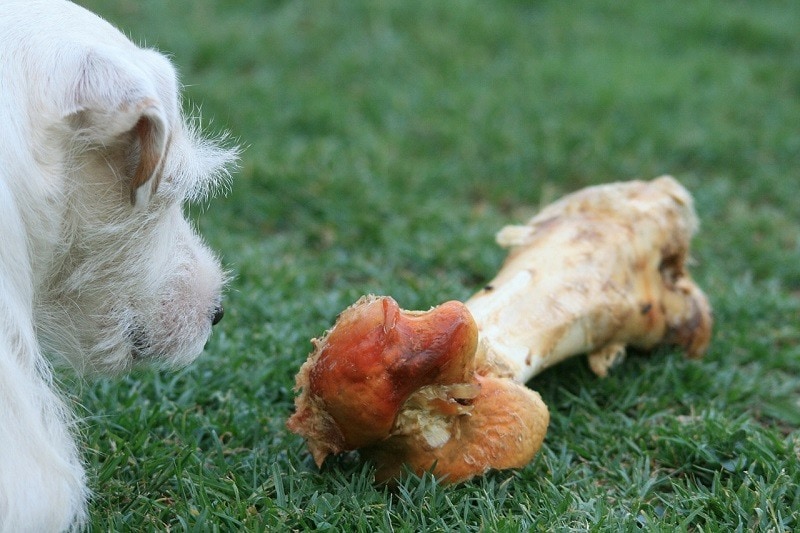
We all know the cliché image of a dog lounging in a grassy backyard and chewing on a big bone from an unidentified animal. Because calcium is used to strengthen bones, they have a good amount in them. Even though dogs love to chew on bones, not all of them are safe, especially if they chew off chunks and swallow them.
Small bones from fish and chicken can get lodged in their mouths or intestinal tracts, and cooked bones are too fragile and can break off or cause an obstruction. Before giving your dog bones, ask your veterinarian if they’re safe for your pup.
6. Calcium Supplements
The easiest way to incorporate calcium into your dog’s diet is to use supplements. They take all the guesswork out of how much to give your dog and are designed to strengthen their teeth and bones and boost their immune systems.
Most dog supplements come in treat or powder forms that are easy for your dog to chew. However, do not give your dog supplements that are meant for humans. They are formulated for a human’s height and weight and could cause a severe imbalance if given to a dog.
Before buying a calcium supplement, consult your vet to ensure it is necessary and get brand recommendations they trust. They’ll also be able to tell you precisely how much your pet should take and where you can purchase the supplements.

What Are the Signs of Calcium Deficiency in Dogs?
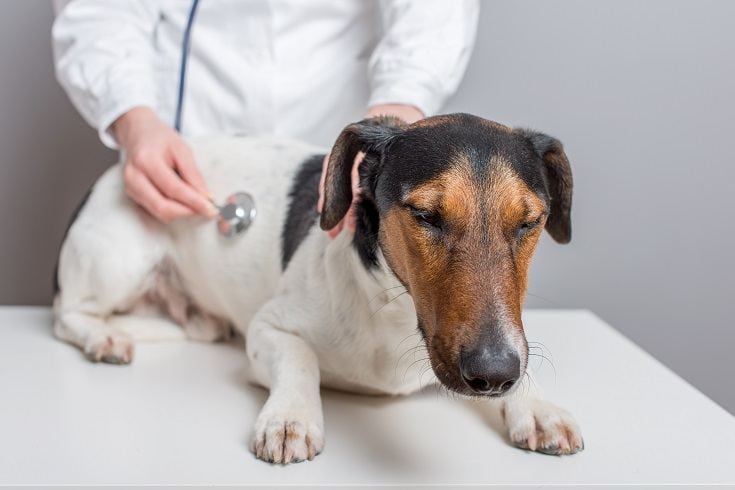
Calcium deficiency isn’t uncommon, but it can cause some severe issues if it isn’t rectified promptly. Low calcium can result in kidney failure, inflammation of the pancreas, or gland failure.
Always take your dog to the vet if they are acting strange or out of character. Signs that they could be experiencing calcium deficiency include lethargy, dizziness, no appetite, twitching muscles, and seizures.
Treating Calcium Deficiency in Dogs
We know we sound like a broken record, but your veterinarian is the only person you should consult if you’re concerned about your dog’s health. Treatment for calcium deficiency varies from pet to pet based on their current and previous health conditions. Vets can identify the proper calcium dose and prescribe an oral supplement that quickly rectifies the problem.
If you need to speak with a vet but can't get to one, head over to PangoVet. It's our online service where you can talk to a vet online and get the advice you need for your dog — all at an affordable price!

Summary
Calcium gives dogs extra-strong bones and a healthy coat. Plus, they don’t mind getting to eat a few extra treats every once in a while. Calcium is in several dog-friendly foods, whether you get it from meats, cheese, or veggies. As long as you don’t overfeed them, you’ll notice a difference in their activity, digestion, and coat in a short amount of time.
Featured Image: schmitma1, Pixabay








